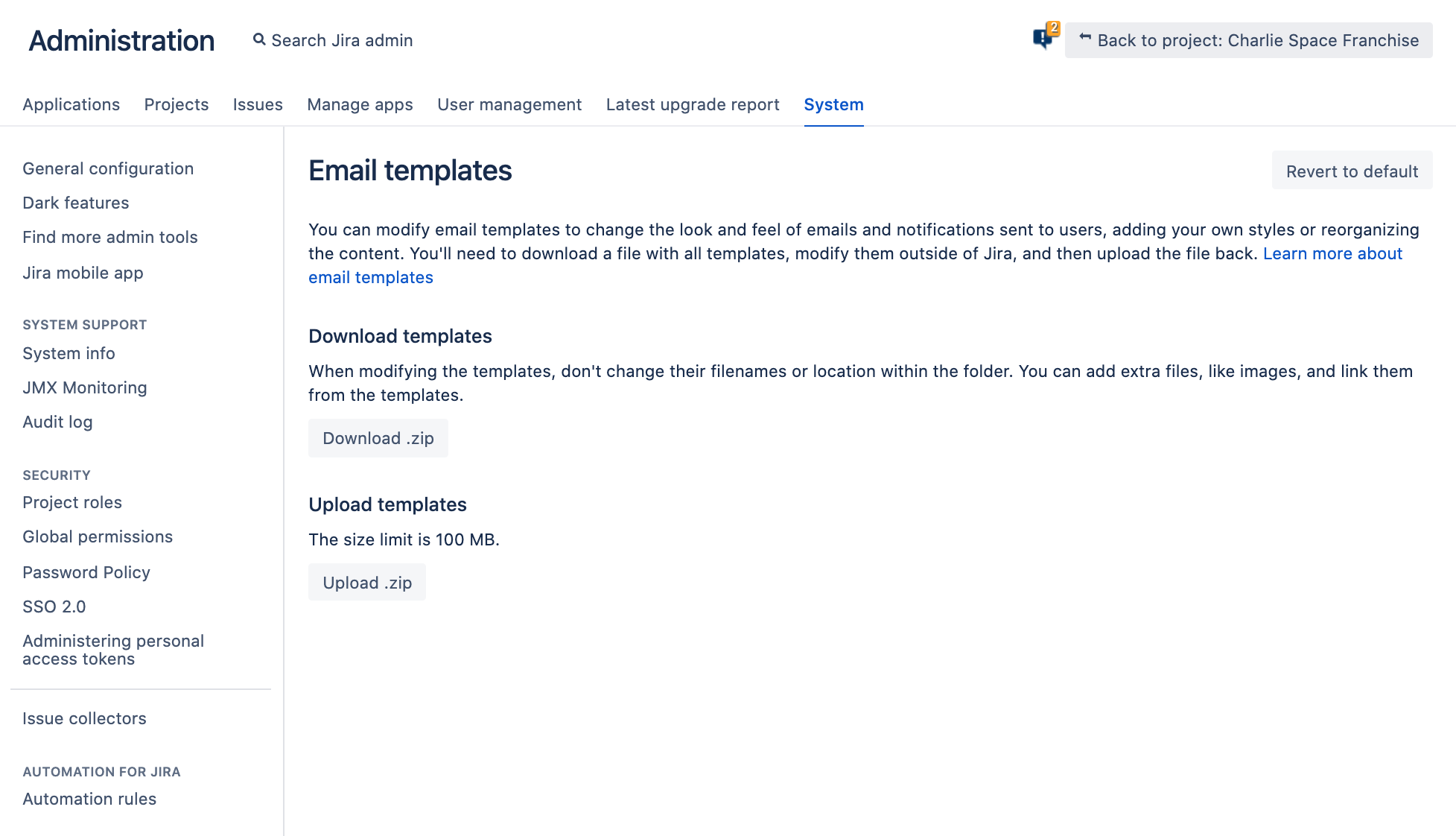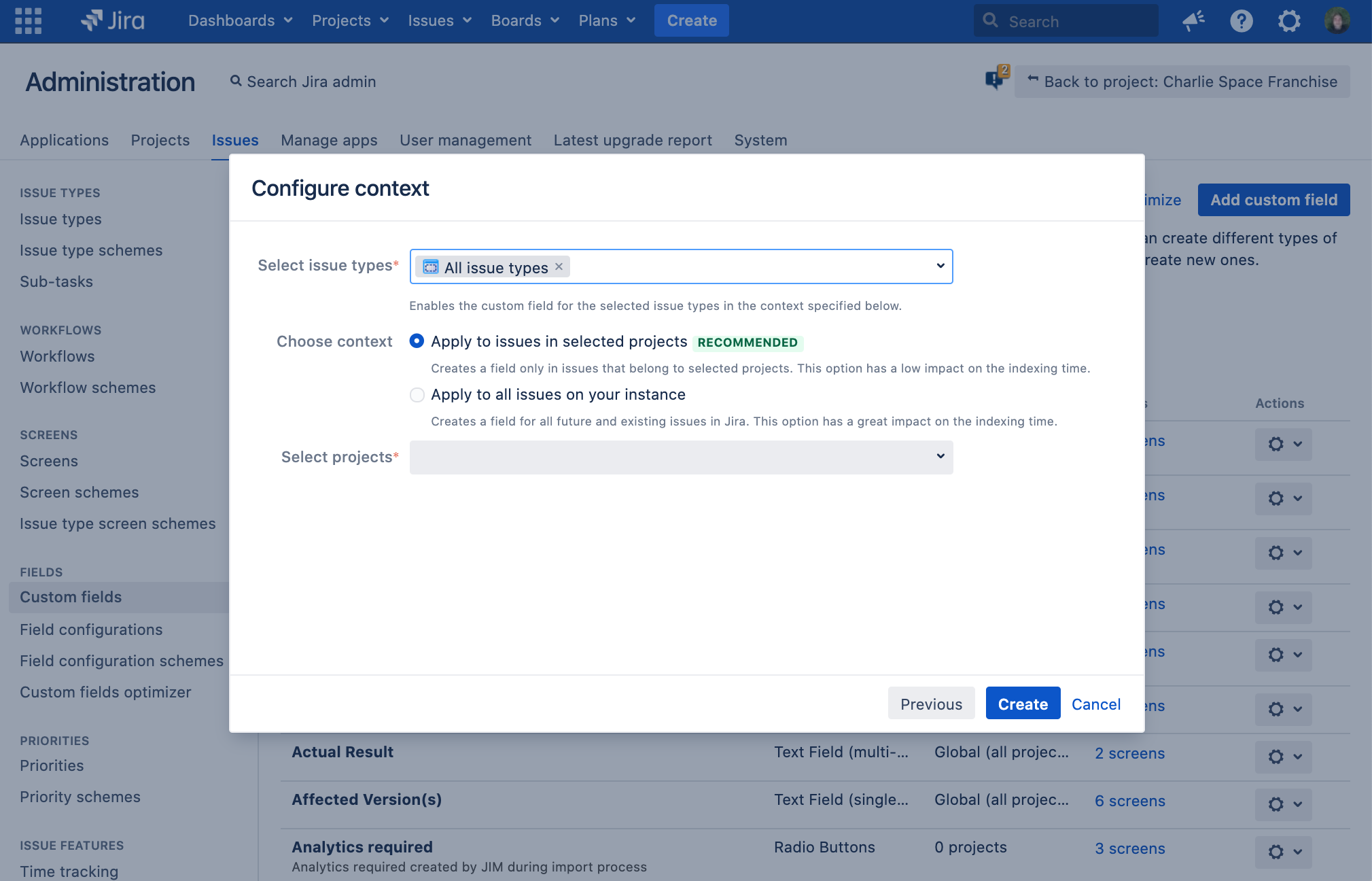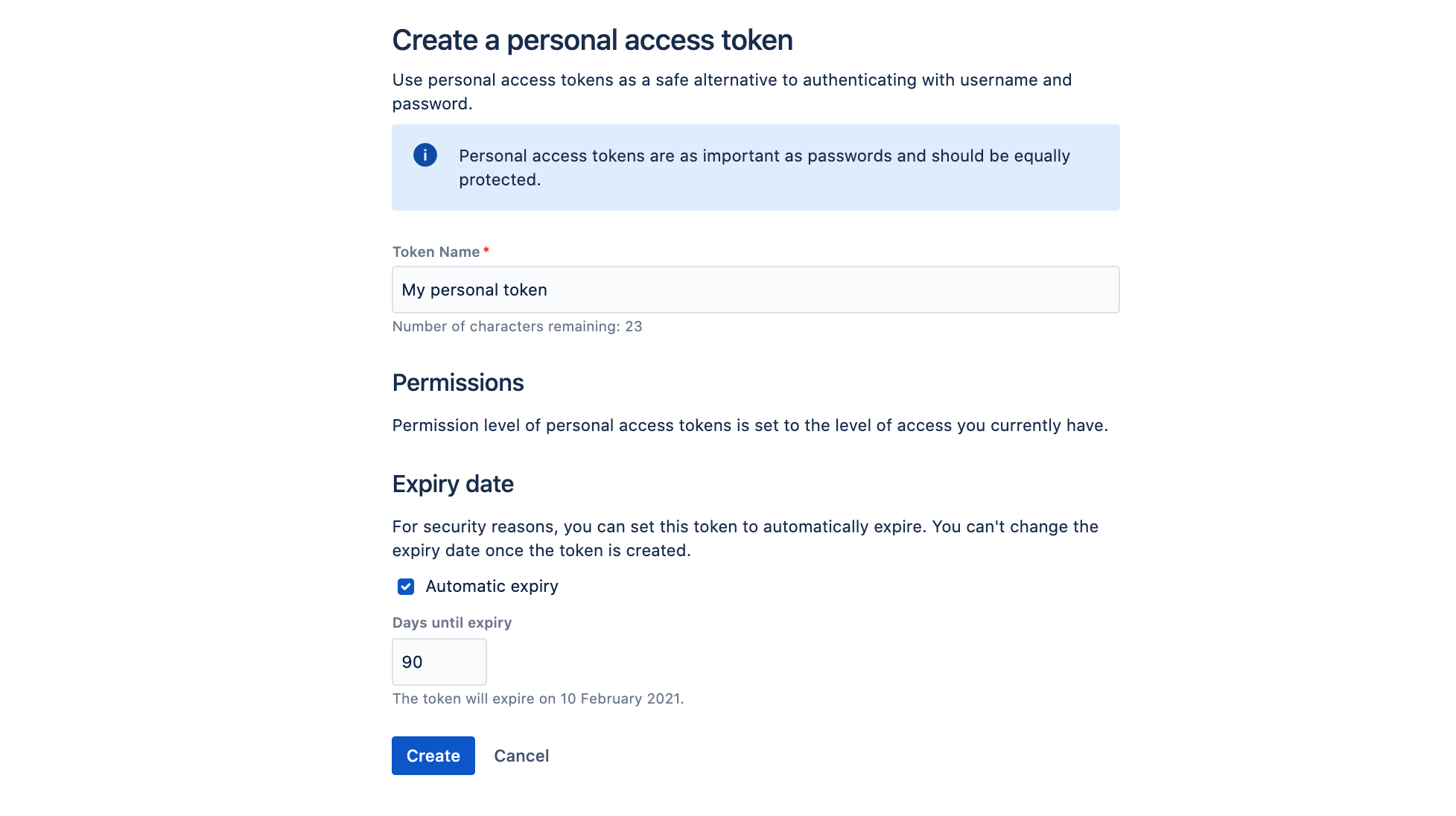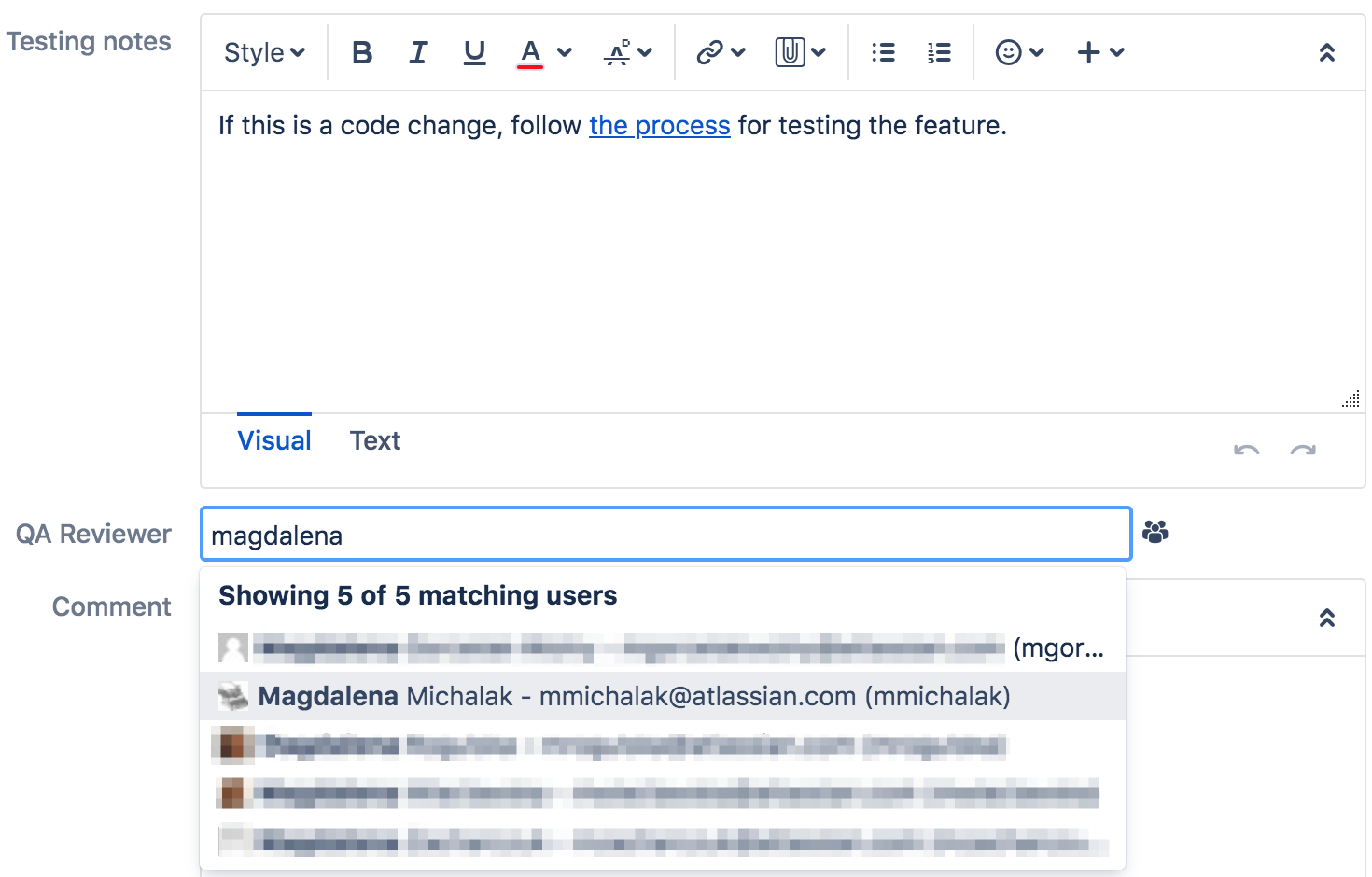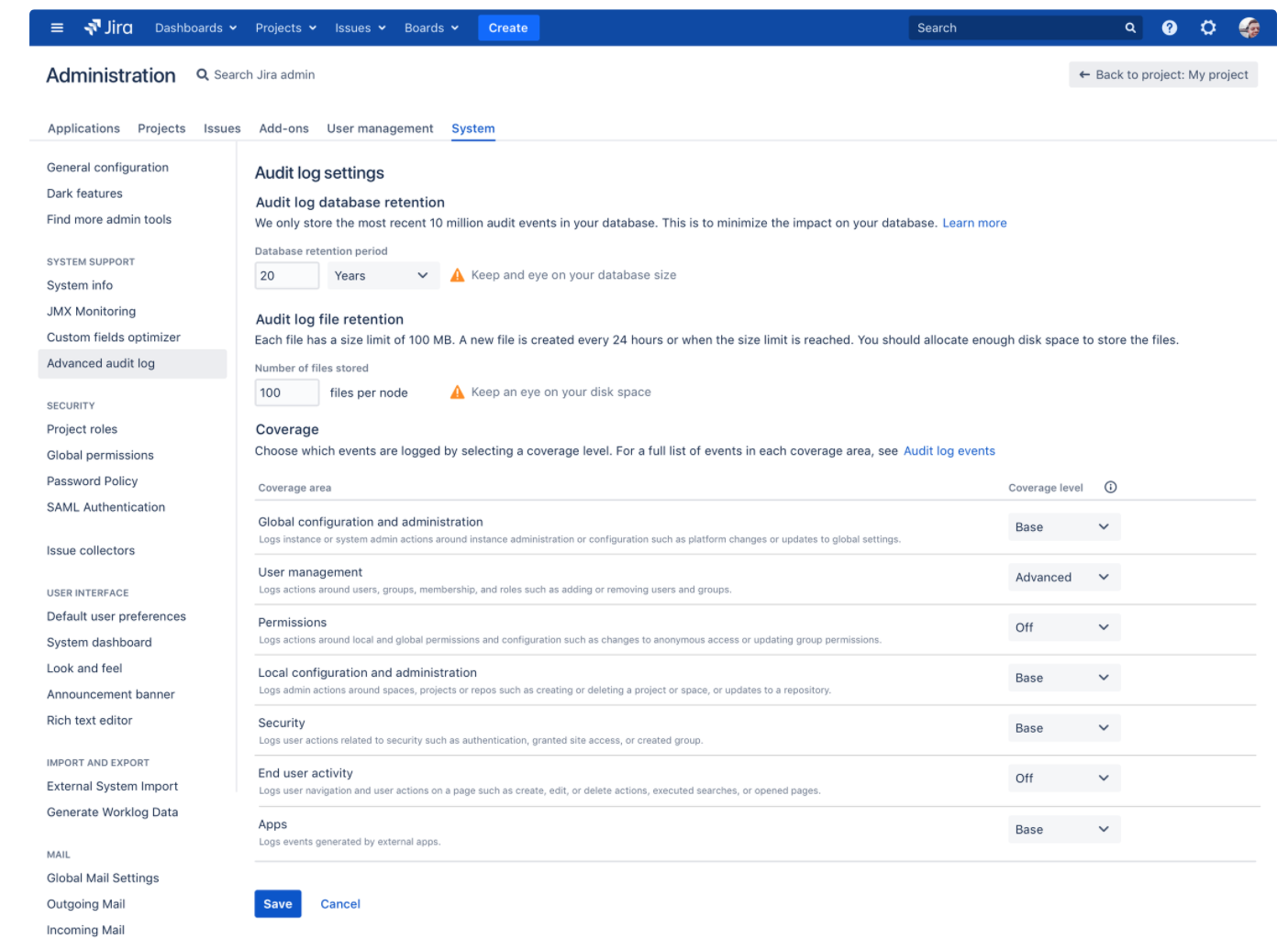The COVID-19 pandemic has continued to impact social, economic, and health parameters across the globe — which seems to be far from over. There is a significant amount of uncertainty across industries and businesses — irrespective of scale — about what the fallout will be like.
The retail industry has seen its fair share of turbulent times in the past, but this pandemic has tested this industry to its limit. Due to quarantine measures, retail customers have been opting for minimal human contact and moving towards online consumption patterns. Now, as some countries start to re-open shops, restaurants, and other public places, retailers are highly aware of the importance of health safety for both their customers and associates in this new post-COVID world.
Innovation and digital disruption are the only way to survive, but adoption needs to happen at an even faster pace than before. At GlobalLogic, we have observed multiple trends that boomed during the pandemic and are likely to become the new normal.
Post-COVID Retail Innovation Trends
E-Commerce
Since the pandemic started, online sales in the U.S. jumped 49% in comparison to last year. Customer shifted from store visits to ordering from home. This trend will likely continue post-COVID, as most customers realized its convenience while also minimizing their health concerns. According to a World Economic Forum article, department stores are expected to decline by over 60%, and e-commerce is expected to grow by nearly 20% in 2020. Retail giants like Walmart, Target, CVS, and Kohl’s have embraced their omnichannel fulfillment methods to successfully address this shift; other organizations are beefing up their e-commerce strategy as an immediate measure.
In-Store Digitization
As countries are opening up, so are the stores and malls. However, the important thing to notice is how many customers will come back and how much time they are willing to spend in the stores. Hence, it is imperative for stores to make themselves digital-friendly, such as offering product information sharing, real-time inventory information, and customer loyalty management using fewer associates in coherence with their customers' omnichannel activities.
Touchless Experience
The stigma of this pandemic has made customers realize they would prefer touchless interaction in a store to complete their buying process. In fact, curbside orders increased 208% during the pandemic. We will see a lot more adoption of BOPIS (buy online, pick up in store) with curbside pickup, touchless payments, book appointments for pickup, etc. for years to come.
Inventory Management/Fulfilment
This is a major concern faced by almost every retailer; there was either a crunch of essential supplies or a stockpile of non-essential goods. To address this inventory automation and fulfillment, digitization became critical. Retailers started adopting inventory digitization to have minimal human intervention, and closed stores were converted into dark fulfillment stores for delivery and inventory stock-up. These measures enabled retailers to get back to a normal supply chain.
AR/VR Adoption
A Coresight Research report estimated that the AR/VR market is forecasted to reach $18.8 billion in 2020, citing pre-COVID-19 projections from Statista. Customers can now experience products virtually through various AR/VR options like virtual try-on, virtual malls, product visualization, access to product information, etc. This technology provides customers with viable options to engage with a product before buying it. We expect to see a lot more focus and investment in this segment.
Key Acceleration Themes for Retailers
GlobalLogic partners with multiple leaders in the retail space to design and develop innovative new products and platforms. In fact, we have created blocks of well-architected accelerators backed by a repository of scale, encapsulating 5000 person-years of industry and technology expertise in Retail/CPG. Based on this deep industry knowledge, we are predicting that the below themes will be pivotal for retailers to accelerate their business post-COVID.
BOPIS with Curbside Pickup
BOPIS with curbside pickup is the most asked-for feature by customers. BOPIS allows customers to order products online and pick them up from the store, while curbside pickup provides a more convenient way for users who do not want to physically go inside the store to retrieve their purchases. Curbside can also be completely contactless by having an associate place a customer's purchases directly into the trunk of their vehicle.
Contactless Payments in the Store
These days, customers prefer contactless payments in the store to minimize the risk of virus spread. Customers can use their mobile phone to make payments in-store using NFC or by scanning a QR code. This method makes payments safer, faster, seamless, and efficient, resulting in an enhanced customer experience.
In-Store Digitization
Retailers must empower store associates by providing them with digital tools to enhance their efficiency. With the right tools, associates can spend more time serving customers effectively. They can easily answer customers' questions about stock inventory, find products at nearby stores, or check the price of a product.
Voice Commerce Capabilities
Customers now want the ability to search for and buy products online through voice commands. Using Google Assistant or Amazon Alexa, customers can add products to their shopping lists, make purchases, and check the status of their orders. It is so natural, like talking to your personal assistant.
In Conclusion
There is no going back to pre-COVID days for multiple industries due to the unforeseen impact of this pandemic. However, as with any downturn, there is a more prominent upturn — including for retail. New trends and innovations have come into play and will keep evolving as we move towards a brighter post-pandemic era.

